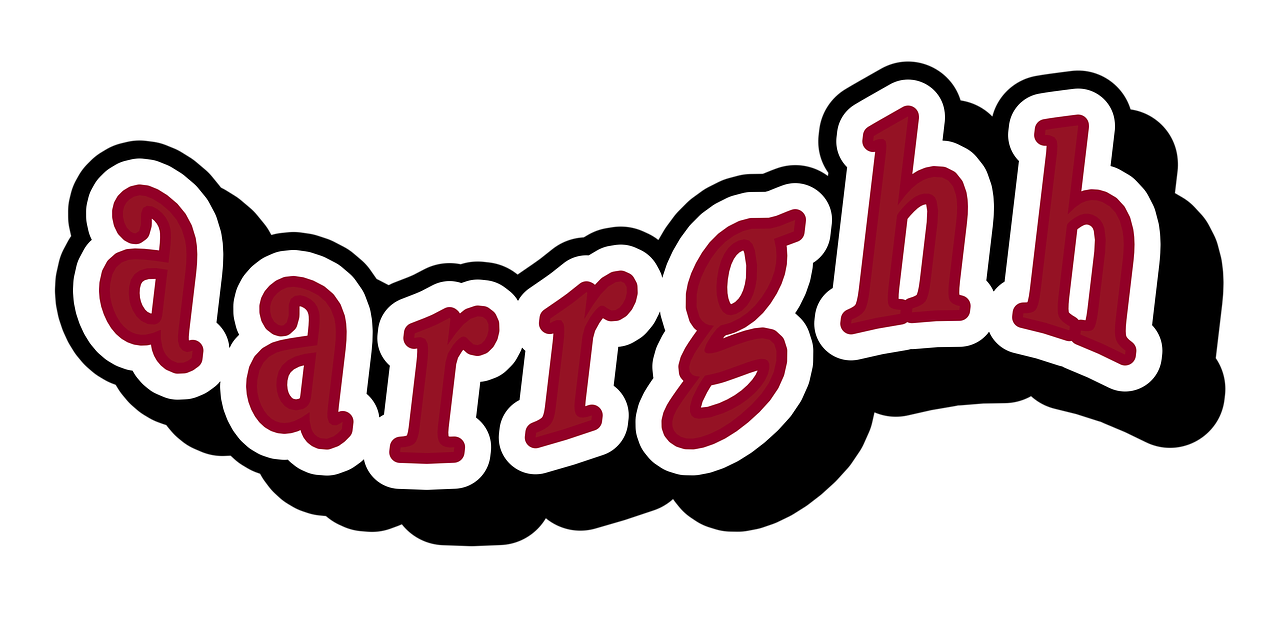2

Telling Your Traditional Story
You tell a better story if you understanding traditional stories. Therefore this bottom layer of the storytelling cake is something different. Many businesses offer help with storytelling to businesses but few use traditional stories.
What is a Traditional Story?
Traditional stories are rooted in oral traditions. They may be published and so you find them in print. They are myths and legends, fairy stories, sagas and other accounts of adventure and tragedy. Some are presented as for children but most assume an adult audience. They can be bawdy, cruel, violent and devastating but almost always resolve in a positive ending.
Jokes and Anecdotes
Jokes can be stories. Consider the shaggy dog story. A long meandering story, often invoking the rule of three to the point of tedium. Eventually we get to a punch line, which elicits a laugh or a groan. The punch line is the point of telling this story.
An anecdote is in some ways similar. Maybe less likely to depend on the rule of three but it has a punch line. There is a reason for telling it and it results in recognition. Ah, yes now I see! If you remember the anecdote, it might remind you of the main point. The anecdote does not converse with the main point, it serves to illustrate it. You choose or create it for that purpose. If it challenges the main point in some way, it is more likely you change the anecdote, not the main point.
Imagination and Fantasy
A traditional story is an imagined story with certain structural and functional attributes. Imagination is important. There is a difference between imagination and fantasy.
An imagined narrative comes from within what the psychologist Jung called the collective unconscious. It is collective in the sense we all have access to it. People recognise traditional stories as somehow satisfactory. It makes sense at a deep level. I shall return to this in future posts.
A fantasy aims to satisfy egotistical desire. Whether the desire is for money, sex, food, violence; the fantasy attempts to articulate and fulfil them. Fantasies generally fail because they are not the thing they depict. Frequently mistaken for reality, they confuse and mislead.
The story of Ignatius of Loyola illustrates this distinction. He was a knight wounded in battle and convalesced in a castle with a limited library. He had two books to read, an account of the daring escapades of knights and the lives of the saints. Ignatius decided to make up stories based on those books. On the one hand, winning in battle great treasures and the hand in marriage of a beautiful woman. On the other a life of contemplation. He found the latter was far more satisfying and so was born Ignatian spirituality.
Structure and Function
A traditional story has a specific structure, basically a beginning, middle and end. Let’s focus on the end for now. By the end, things are put right and nothing is out-of-place. “They married, inherited the kingdom and everyone lived happily ever after” is important. It ties up the loose ends. Of course there are other possible endings but after all the vicissitudes the hero and heroine pass through it is a relief to get there. Tragedies are an exception. Here the endings are negative but still make sense as a story.
The beginning middle and end tell us something about how the story evolves through time. Another aspect of the story’s structure is its geography. Where it takes place and the people and objects the protagonists encounter. Without these the story is somehow incomplete. Many personal stories focus solely on the protagonists, and exclude others.
What is traditional storytelling’s function? First, it is to grasp and hold attention. This is something all business people need to do. A well-crafted story can do that.
It tells us something about the storyteller. Through their choice of story and the way they tell it, they help their audience know, like and trust them.
Finally, it helps the audience understand something of themselves. Usually, they lack something and need a remedy. The aim is to move the audience and so bring about a wider transformation of relationships within or between businesses or with the wider world.
Finding Your Traditional Story
We all swim in a sea of stories. The challenge we have is to find our signature or keynote story. One step towards this is to find a traditional story that resonates with our personal story and our market’s story.
Oral Tradition
Most of the stories we encounter are published. You find them in books, magazines, comics and games; on TV, radio and the cinema. These are all good places to look for your story but remember these are stories set in stone.
Even traditional stories are published. You might occasionally hear a storyteller or remember stories told many years ago. Chances are you take recourse to a published version to check your memory.
The challenge is to return to the oral tradition. Even if you plan to publish, you need to make the story your own before you do.
Orientation for Businesses
Overcome your prejudice. “This has nothing to do with business”, may be your first thought. I’ve shown there are real potential benefits and here’s one more. Choosing the right story helps you understand your business. Your offer, market and brand all become clearer as you work with the right story.
“There are far too many stories. How can I choose the right one?” You don’t need to study every story. Find a story that resonates, study and understand it. How do you know you’re chosen the right one? You don’t. Do your best with the one you have and be aware other stories might help.
“Aren’t these stories for children?” Adults told traditional stories for adults. Children’s stories may be just as useful. Watch the ending because the outcome is often they find their way home to mother, not something we want our markets to do!
There is no app or technique to help you find your traditional story. The temptation may be to buy a book of stories and read them all. Life is too short.
Finding Your Story
Finding the right story is intuitive and so trust your intuition. Focus on your personal story and market’s stories and ask whether they remind you of a traditional story.
Whatever comes up is likely to evoke a response like, “Oh no, that can’t be it”. Ignore that and spend time with the story that has come up. Is it a traditional story? If it isn’t, why did it come up, can it work as an inspiration or is it a dead-end?
Find a published version and read it, taking note of everything you had forgotten. Then stand up and retell the story from memory. Do this several times and note how you begin to change and inhabit the story.
Telling Your Traditional Story
You have chosen a traditional story and now you tell it. You have four options to consider.
On the Book
You could stand up and read the story as published. Read it well and hold the audience’s attention as an actor would. You put some of yourself into the story this way but does this work in a business environment?
This is reading a story in public, it is not telling the story. The place where this happens regularly is in church. Every week lessons are read and then the preacher interprets them. The preacher rarely tells them or retells them. This is a pity. The reading is for reassurance, the foundational writings are still there. Now we hear the preacher’s interpretation for this place and time.
It is difficult to imagine a business context where this has utility.
Telling Your Version
Better and more fun is to tell your version of the story. This is in the oral storytelling tradition. You tell the story here and now, for these people in this place.
Emphasise what you believe is important in the story. Add or subtract incidents, characters and tweak them to convey the message you want to communicate. As you become adept, you draw elements of your story and your market’s story into it.
This is worth experimenting with for marketing. You are on a spectrum and as more elements from your story move into your traditional story, you see greater success with this approach. It leads on to the next possibility.
Structuring Your Story
Perhaps the most helpful approach is to use the traditional story to structure your story. Think of the two stories in conversation. Your story asks the traditional story for help. How can I tell this story better? What is missing from it? What does it mean?
Your personal story need not ape your traditional story. It need not have the same meaning. Your traditional story helps you find meaning in your own story. For example, many traditional stories have a communal dimension; the success of the hero or heroine benefits everyone. Personal stories often show the protagonist overcoming some problem. The communal dimension can be overlooked. It does not follow the communal benefits of your personal story are the same as those in the traditional story.
Key is understanding how elements in traditional stories stand in for things in real life. If there is a magic sword in the story, what role does it play? Does something in my story play a parallel role?
This is an intuitive exercise. Work on your own storytelling, no-one else can tell you how to do it. However, storytelling is a conversation between you and your audience. The more you tell it, the more you find images and ideas from your subconscious. Not all are helpful, test everything. Finding and testing your story is never complete until the grave closes the final chapter!
Telling Fragments
Another approach to your traditional story is to use fragments in your marketing. Two or three words that evoke a well-known image from a tale saves a lot of words.
This associates your business with a vivid image. But make sure you are familiar with the traditional story, so the image you use is congruent with your business. If you choose the wrong image to associate with your business, you can mislead your market.
Looking Forwards
I’ve walked you through the three layer cake, including icing and decorations. Your marketing story is the icing, then your market’s story, your personal story and finally your foundational traditional story.
This last is perhaps least familiar as a business approach and so the next posts look at the structure and function of seven common plot types. Most stories follow one or more of these common types. Knowing them helps you see them in the stories businesses tell, intentionally or unintentionally.
So, next time we’ll look at one of the simplest plots, Overcoming the Monster. This lays the groundwork for more complex plot types. If you think your business is about overcoming monsters, read my next post and find out whether it is!







